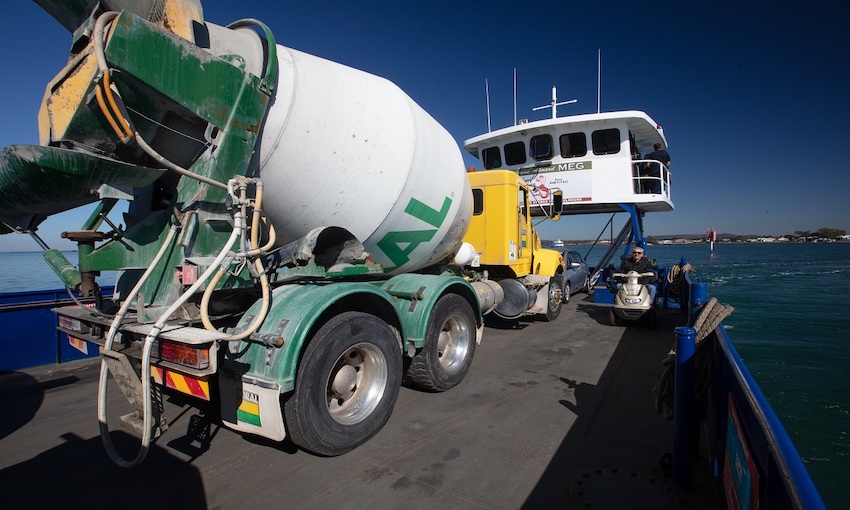THE Australian Maritime Safety Authority is inviting the industry to have its say on proposed new standards for watertight and weathertight integrity on domestic commercial vessels.
The proposed change is likely to be of interest to boat designers, boat builders and naval architects and some industry groups more broadly. The total estimated annual net regulatory cost of the proposal to business is $735,260.
The requirements for watertight and weathertight integrity for domestic commercial vessels are currently spread across three technical standards contained in the Uniform Shipping Laws Code that were developed more than 40 years ago.
AMSA is updating the requirements to align with current technology and international standards and best practice.
“A number of fatal and serious incidents over the last 40 years have highlighted the need for change,” according to AMSA.
“These incidents have stressed the importance of watertight and weathertight components for example hatches, doors, through-hull fittings; rapid drainage of water from decks; reserve buoyancy; and not overloading.”
The proposed new standard is a performance-based standard, with multiple options for compliance to address a number of safety issues with the current requirements.
The key proposed changes include:
- New freeboard mark;
- New freeboard mark required for vessels ≥12 metres. (Not required for passenger vessels and larger workboats that are already required to have a load line);
- Loading capacity placard may be used for vessels <12 metres. On smaller vessels, where a freeboard mark would not be seen on the hull, a maximum loading capacity placard may be used. The placard must be visible, preferably in the cockpit or near the main steering position in a prominent position. The placard contains the same information that must already be carried under NSCV C6C: Stability tests and stability information.
Other proposed requirements
- Alignment with international standards for windows and portlights, marking of doors, doors and hatches, valves and through-hull fittings and drain plugs;
- Rapid drainage requirements – additional flexibility for designing and calculating rapid drainage. Multiple options for freeing ports and scuppers (drains) to provide rapid drainage for decks and enclosed spaces. A simple and practical option has been added for calculating freeing port areas for vessels <12 metres and a simplified time to drain option for vessels <24m in length;
- Improved and simplified approach to flush hatches – the current Generic Equivalent Solution 2017/19 has been incorporated into NSCV C2, with simplified tables and additional notes;
- Sliding wheelhouse door for fishing vessels ≥12 metres – new proposed requirement for some fishing vessels to have a sliding door to allow for escape in the event the vessel capsizes or is swamped.
- Clarification for:
- the assessment of watertight and weathertight components, to ensure consistency across the industry.
- installation testing and verification of watertight and weathertight components, to ensure consistency across the industry.
- material standards for seacocks and drain plugs for vessels <24 metres. Also allows the use of modern materials like polymer in certain places when manufactured to ISO 9093.
Following consultation, AMSA proposes to introduce NSCV section C2 in late 2021.
From late 2022, compliance with NSCV section C2 would be mandatory for domestic commercial vessels that enter into commercial service for the first time after that date.
AMSA is still considering if NSCV C2 should apply to transitional vessels, and if so, which parts of the standard should be applied. It is asking for industry feedback on this issue.
For the first 12 months – until late 2022 – AMSA will allow vessels to comply with either NSCV section C2 or the USL Code sections 5C, 5D and 7.
Feedback on proposed changes to modernise the standard for watertight and weathertight integrity, can be provided at:
Feedback can be submitted up until 28 March 2021.

